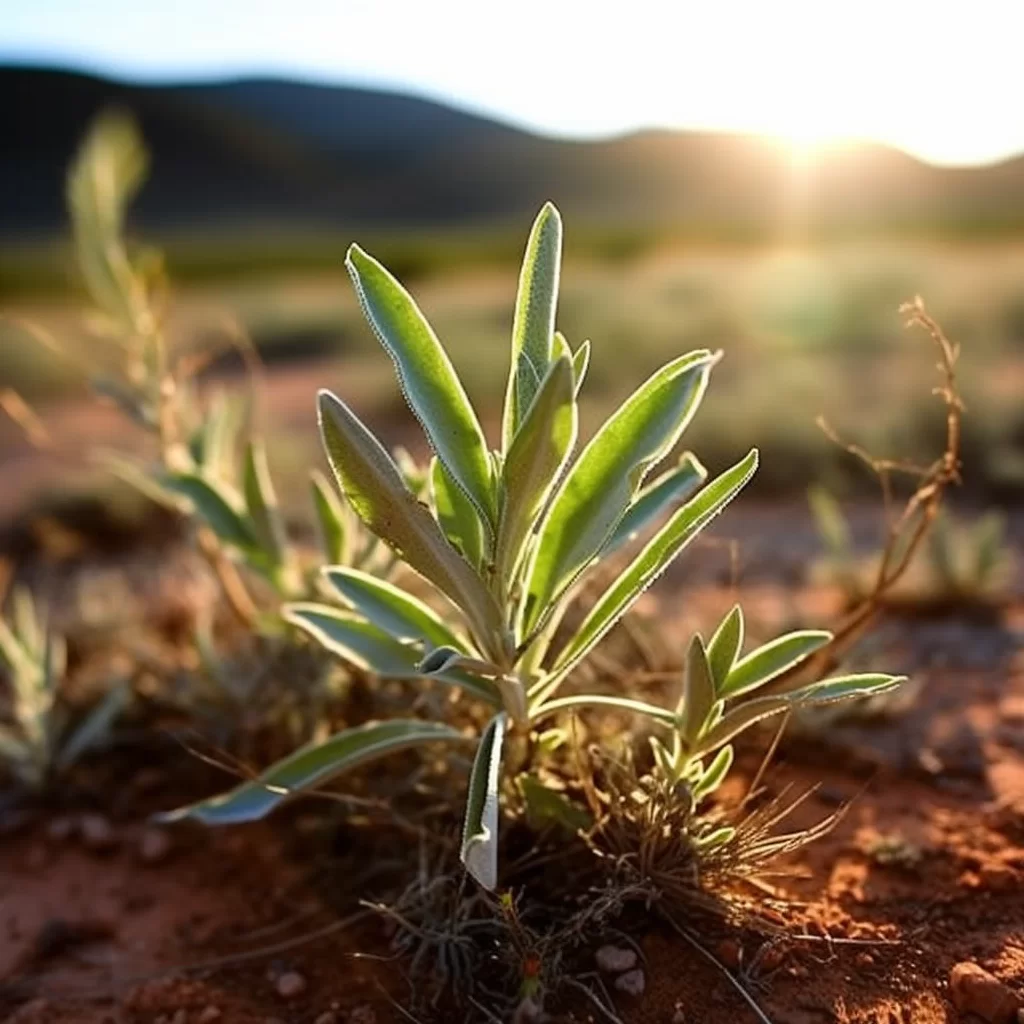Story of Day :
Contents
The Complete Guide to Desert Sage Plant: Care Tips and More
Desert sage, also known as Salvia dorrii, is a beautiful perennial plant that can be found in the arid regions of North America.
If you are planning on adding this plant to your garden or landscape, there are a few things you need to know about its care.
In this guide, we will explore everything you need to know about desert sage plants.
Getting to know the Desert Sage Plant
Before we dive into how to care for desert sage plants, let’s first understand what they are and their characteristics.
- Desert sage is a woody shrub that typically grows up to three feet tall and five feet wide.
- The leaves of the desert sage plant are silver-green in color and have an aromatic smell when crushed.
- The flowers of the desert sage plant bloom in the late spring or early summer months with spikes of small purple-blue flowers that grow up to two feet tall.
- This plant is drought-tolerant due to its deep taproot system that allows it to reach water below the surface soil layers.
Care Tips for Desert Sage Plant

If you are considering growing desert sage plants, here are some essential tips on how best you can take care of them:
Light Requirements
Desert Sage requires full sun exposure for at least six hours daily for optimal growth.
Therefore it would help if you planted it where there’s no shade cast from trees or other structures nearby.
Soil Requirements

To grow healthy desert sagas without any stress or diseases issues; make sure your soil has excellent drainage.
The soil should have a sandy texture to allow enough air and water penetration into the deep taproots.
Watering Requirements
Desert sage plants require minimal watering since they are drought-tolerant plants.
It would be best if you watered them once every two weeks during excessively dry periods or when planting in containers or pots.
Fertilizing Requirements

You can supplement your desert sage plant with a balanced fertilizer during the growing season to boost growth and bloom production.
However, avoid fertilizing after midsummer since it may affect winter hardiness.
The Benefits of Growing Desert Sage Plants
Growing desert sage is not only beneficial to your garden aesthetic values but also has other significant benefits, including:
- The leaves of desert sagas are used for medicinal purposes by native herbalists in treating colds and cases of flu-like symptoms.
- This plant is an excellent pollinator that attracts different types of pollinators such as honeybees, bumblebees, butterflies, among others.
- Desert sagas provide shelter for small animals like lizards that love warm habitats.

In Conclusion:
Caring for a desert sage plant requires minimal effort but provides immense benefits both aesthetically and ecologically.
With proper care techniques discussed above, you can successfully grow healthy desert sagas in your garden or landscapes without any difficulties.